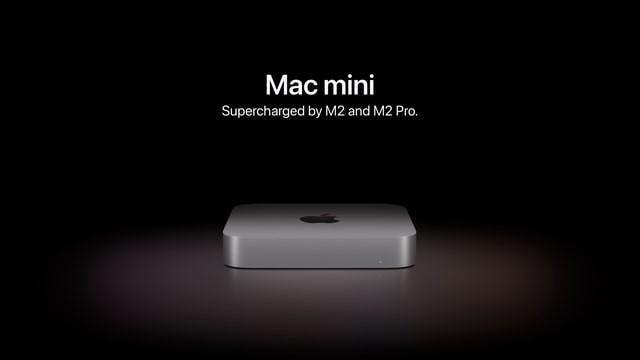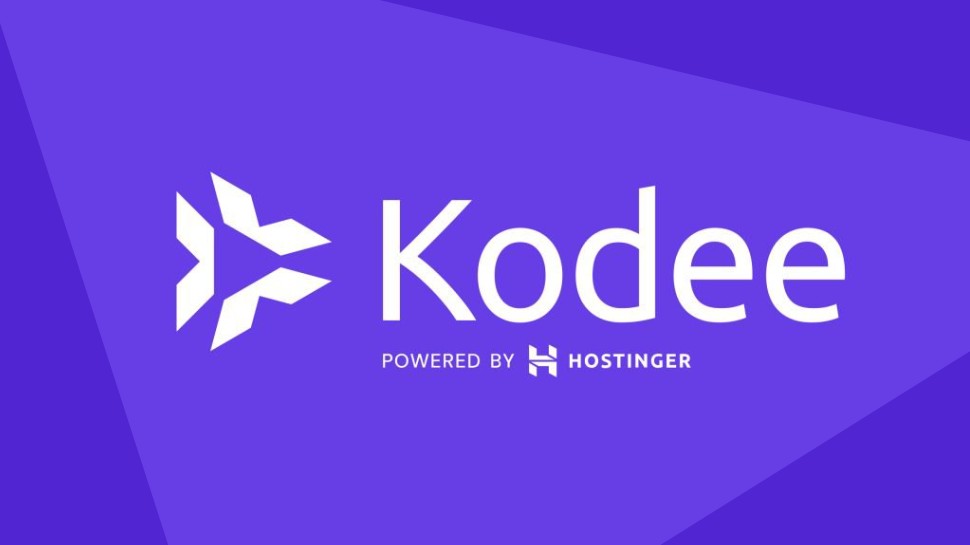You’ll Guffaw When You Hear How Much Self-Driving Waymos Cost Compared to Human-Driven Ubers
The whole point of self-driving taxis is, seemingly, to save costs on human labor — but Waymo, Google's glitchy robotaxi service, doesn't appear to be any cheaper at all. In a report shared with TechCrunch, the ride-hailing data aggregator Obi found that riding with Waymo is pretty much always more expensive than taking a ride with a human-driven Uber or Lyft. For its analysis, Obi analyzed roughly 90,000 records from Uber, Lyft, and Waymo rides between March 25 and April 25 in San Francisco. After cross-comparing estimated arrival times, prices, and routes, the data firm found that Waymo averaged $20.43 per […]


The whole point of self-driving taxis is, in theory, to save costs on human labor — but Waymo, Google's glitchy robotaxi service, doesn't appear to be any cheaper at all, at least for now.
In a report shared with TechCrunch, the ride-hailing data aggregator Obi found that riding with Waymo is pretty much always more expensive than taking a ride with a human-driven Uber or Lyft.
For its analysis, Obi analyzed roughly 90,000 records from Uber, Lyft, and Waymo rides between March 25 and April 25 in San Francisco. After comparing estimated arrival times, prices, and routes, the data firm found that Waymo averaged $20.43 per ride, while Uber clocked in at $15.58 and Lyft at $14.44.
The increase seems to be worse at peak hours, when a Waymo ride will run consumers $11 more than a Lyft and almost $9.50 more than an Uber, Obi found.
What's more, Waymo's pricing model is counterintuitive, making it more expensive for shorter rides and cheaper as the rides get longer. A ride that would be inexpensive on Uber or Lyft would roughly cost, on average, 30 to 40 percent more when taken with Waymo, the analysis found.
Still, despite Waymo costing more than a rideshare driven by a human and having a propensity to glitch out and plug up traffic in SF's already-busy streets, people are still uber-excited — pun not intended — to experience the novelty of a robotaxi.
"I didn’t expect consumers being willing to pay up to $10 more," admitted Ashwini Anburajan, Obi's chief revenue officer, in an interview with TechCrunch. "I think [that] speaks to a real sense of excitement for technology, novelty, and a real preference to sometimes be in the car without a driver."
Those don't seem to be one-and-done bucket list experiences for Waymo riders in SF, Los Angeles, and Phoenix. As Obi found, 70 percent of people who had taken a ride with the Google-owned robotaxi service said they prefer driverless rides to ones facilitated by fellow humans.
As strange as that preference may seem, the Obi CRO had a few ideas as to why Waymo riders like it so much.
"There’s something about being in the car alone," Anburajan explained. "It is there for you to, like, kind of live in a little bubble and get from point A to point B, and be very comfortable doing so."
More on Waymo: Waymo Hiring For a "Public Affairs Specialist" in Los Angeles While People Are Settings Its Cars on Fire
The post You’ll Guffaw When You Hear How Much Self-Driving Waymos Cost Compared to Human-Driven Ubers appeared first on Futurism.




















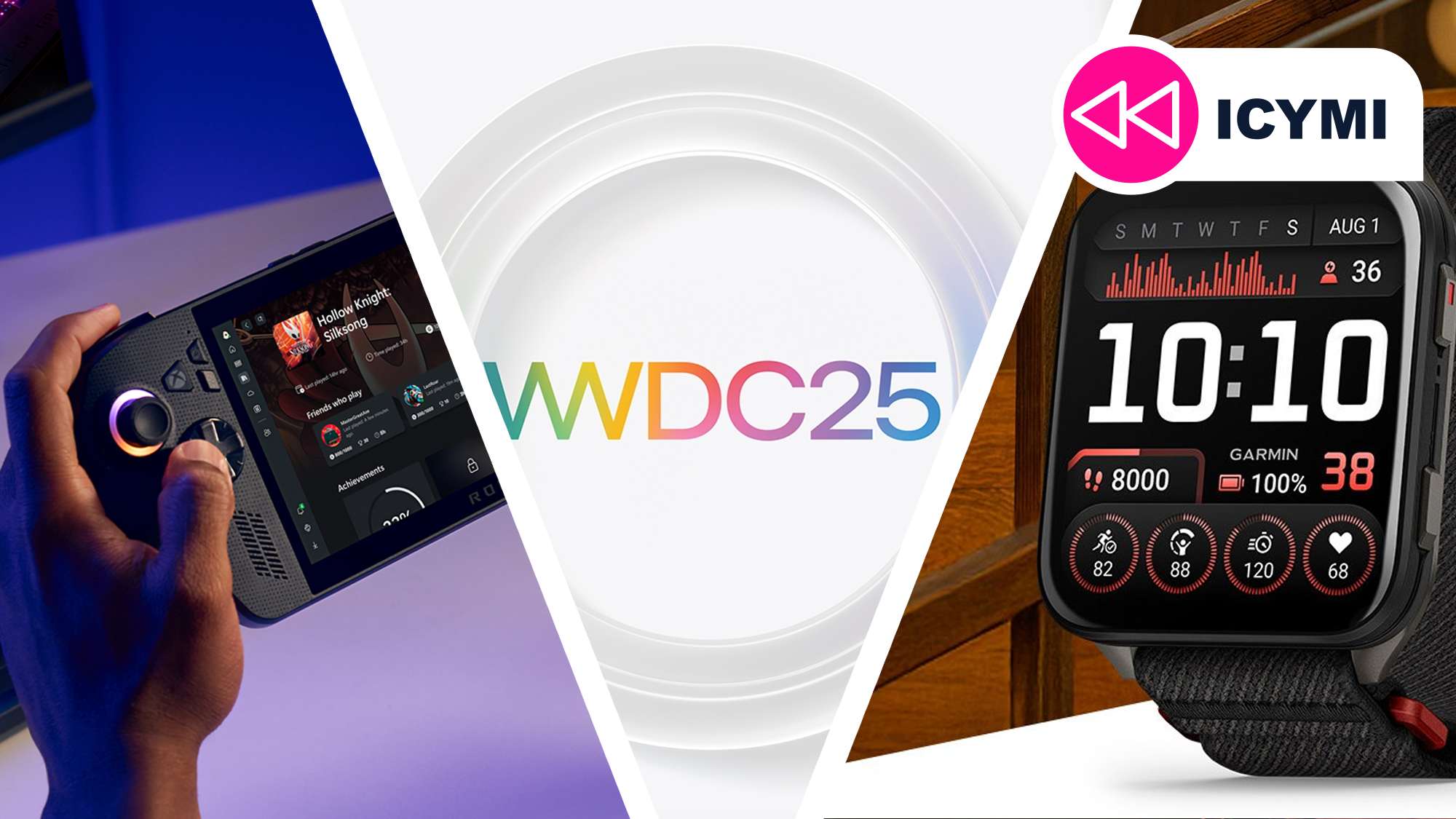
































































































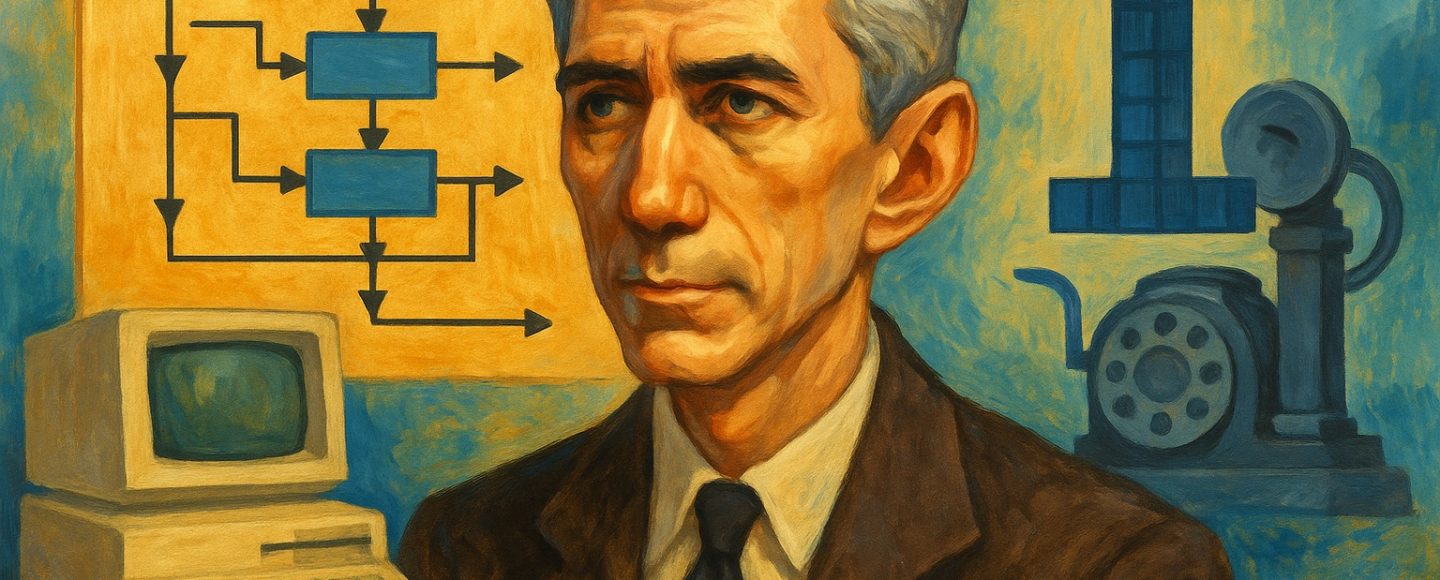
























































![[The AI Show Episode 152]: ChatGPT Connectors, AI-Human Relationships, New AI Job Data, OpenAI Court-Ordered to Keep ChatGPT Logs & WPP’s Large Marketing Model](https://www.marketingaiinstitute.com/hubfs/ep%20152%20cover.png)





































































































![Designing a Robust Modular Hardware-Oriented Application in C++ [closed]](https://i.sstatic.net/f2sQd76t.webp)














![[DEALS] Internxt Cloud Storage Lifetime Subscription: 10TB Plan (87% off) & Other Deals Up To 98% Off – Offers End Soon!](https://www.javacodegeeks.com/wp-content/uploads/2012/12/jcg-logo.jpg)





















































.jpg?width=1920&height=1920&fit=bounds&quality=70&format=jpg&auto=webp#)









































































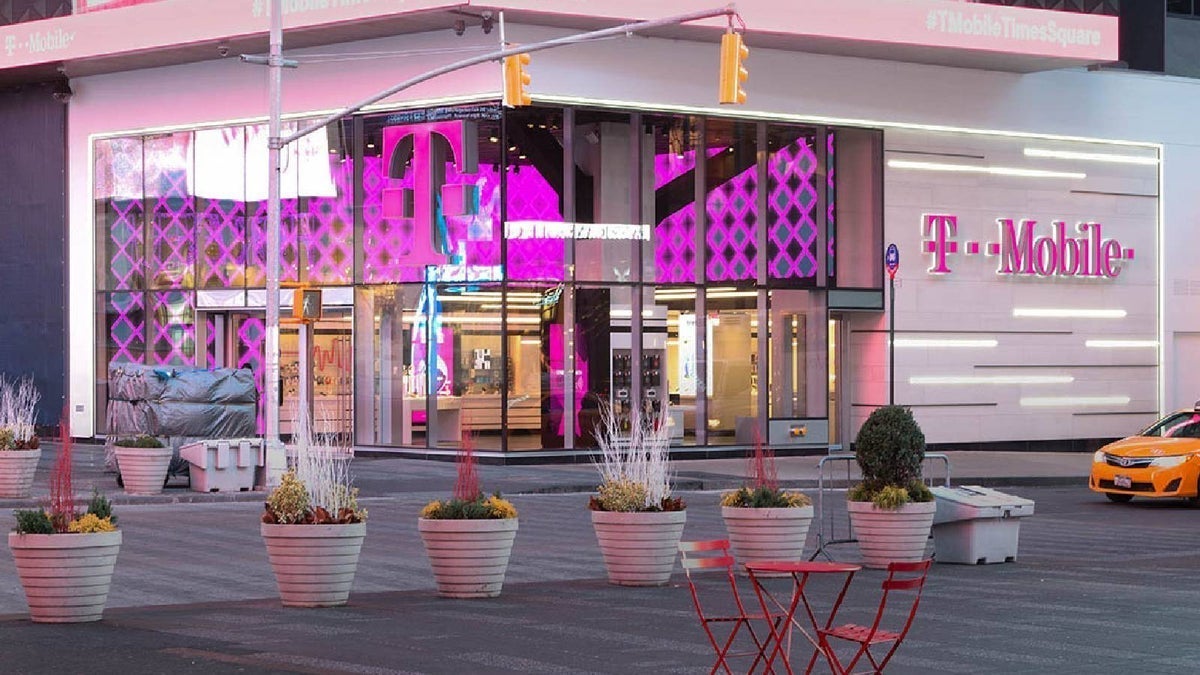










_Andreas_Prott_Alamy.jpg?width=1280&auto=webp&quality=80&disable=upscale#)

_designer491_Alamy.jpg?width=1280&auto=webp&quality=80&disable=upscale#)










































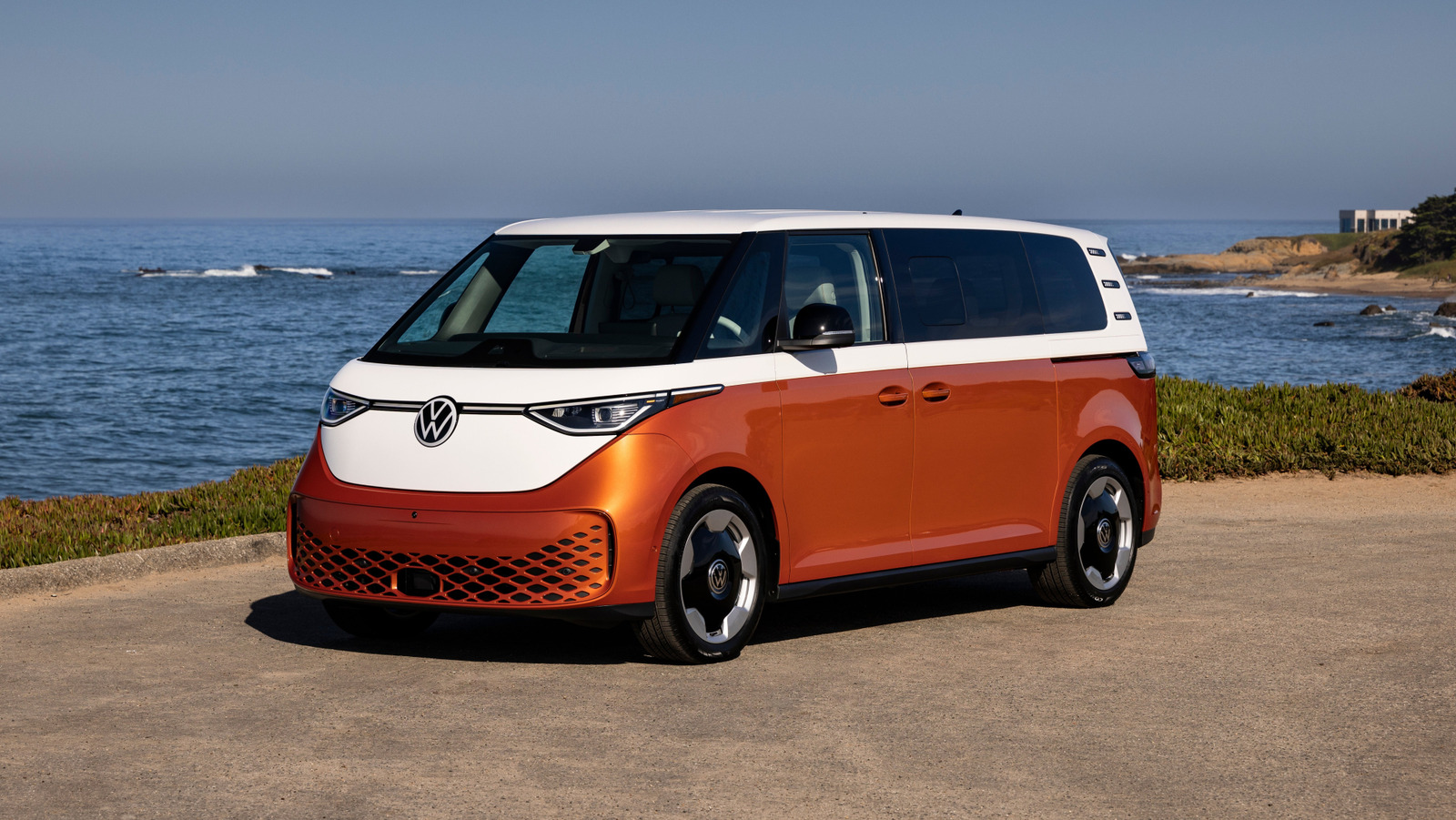







































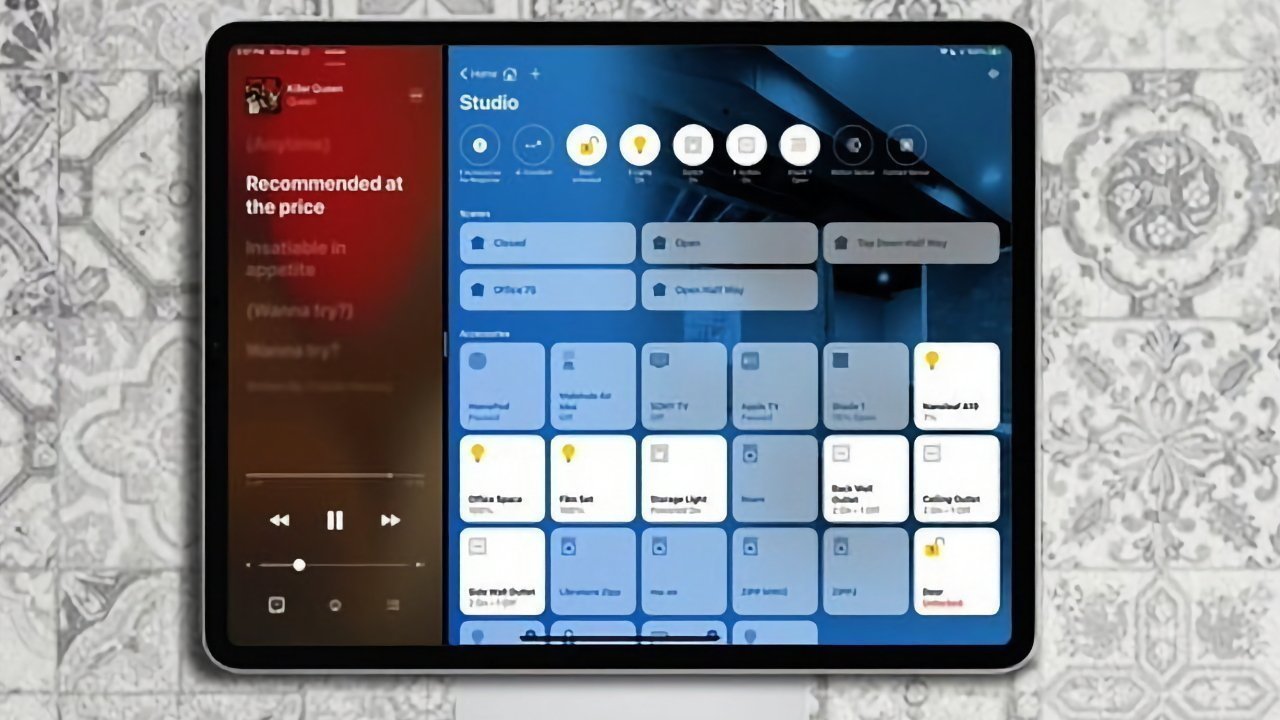
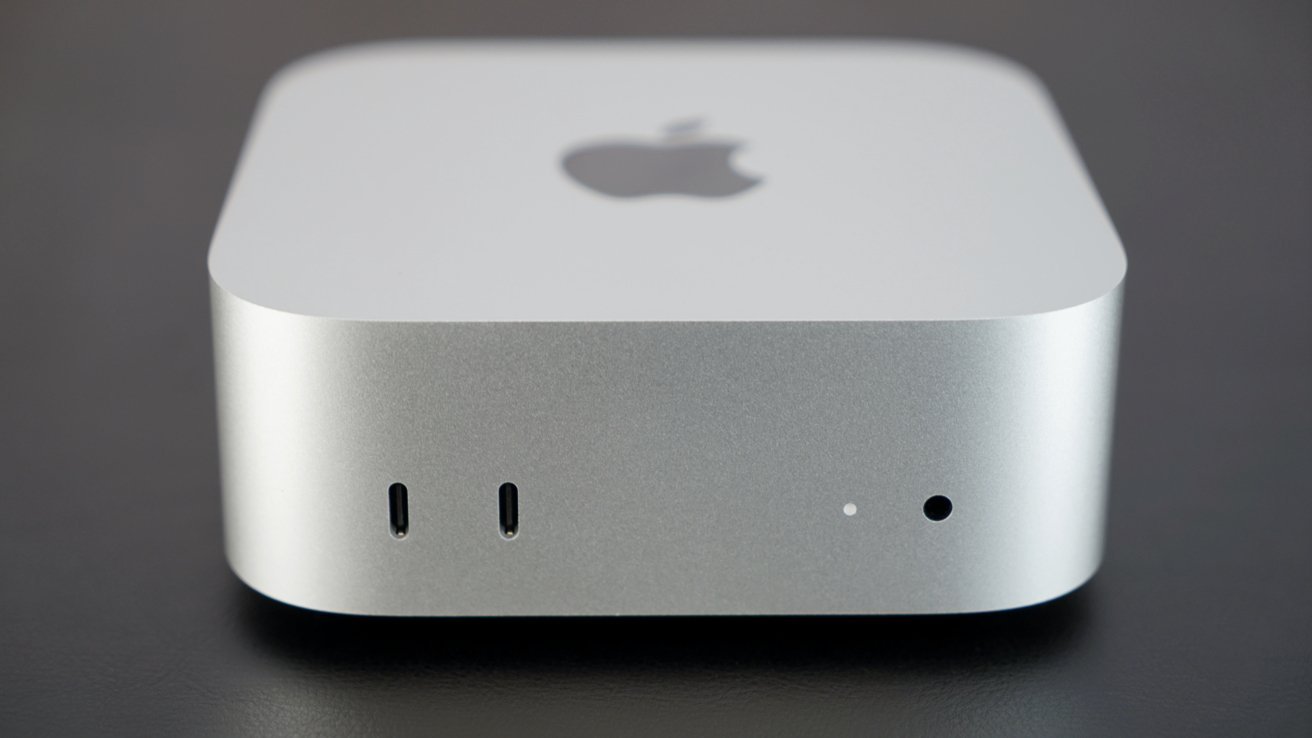

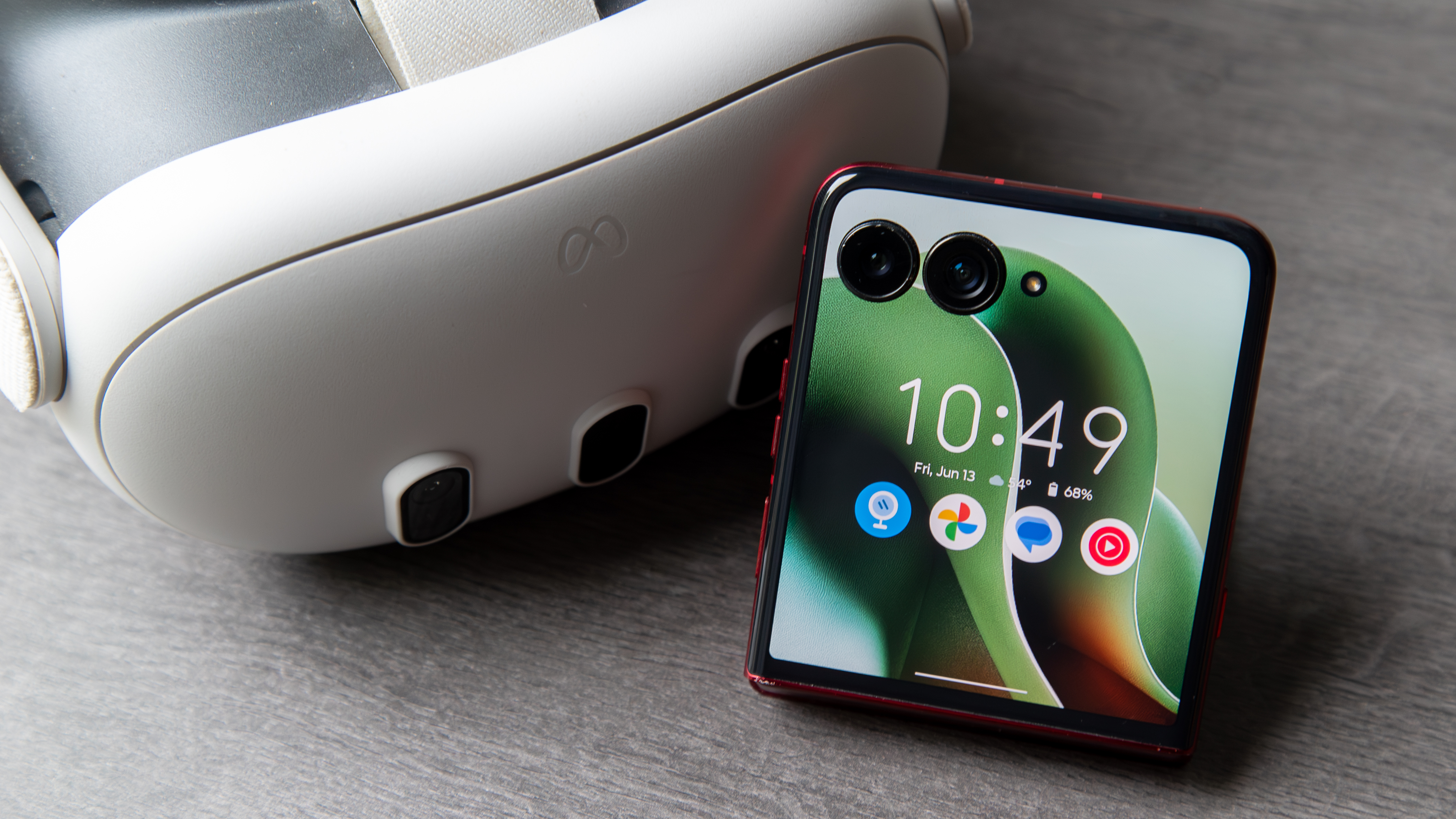




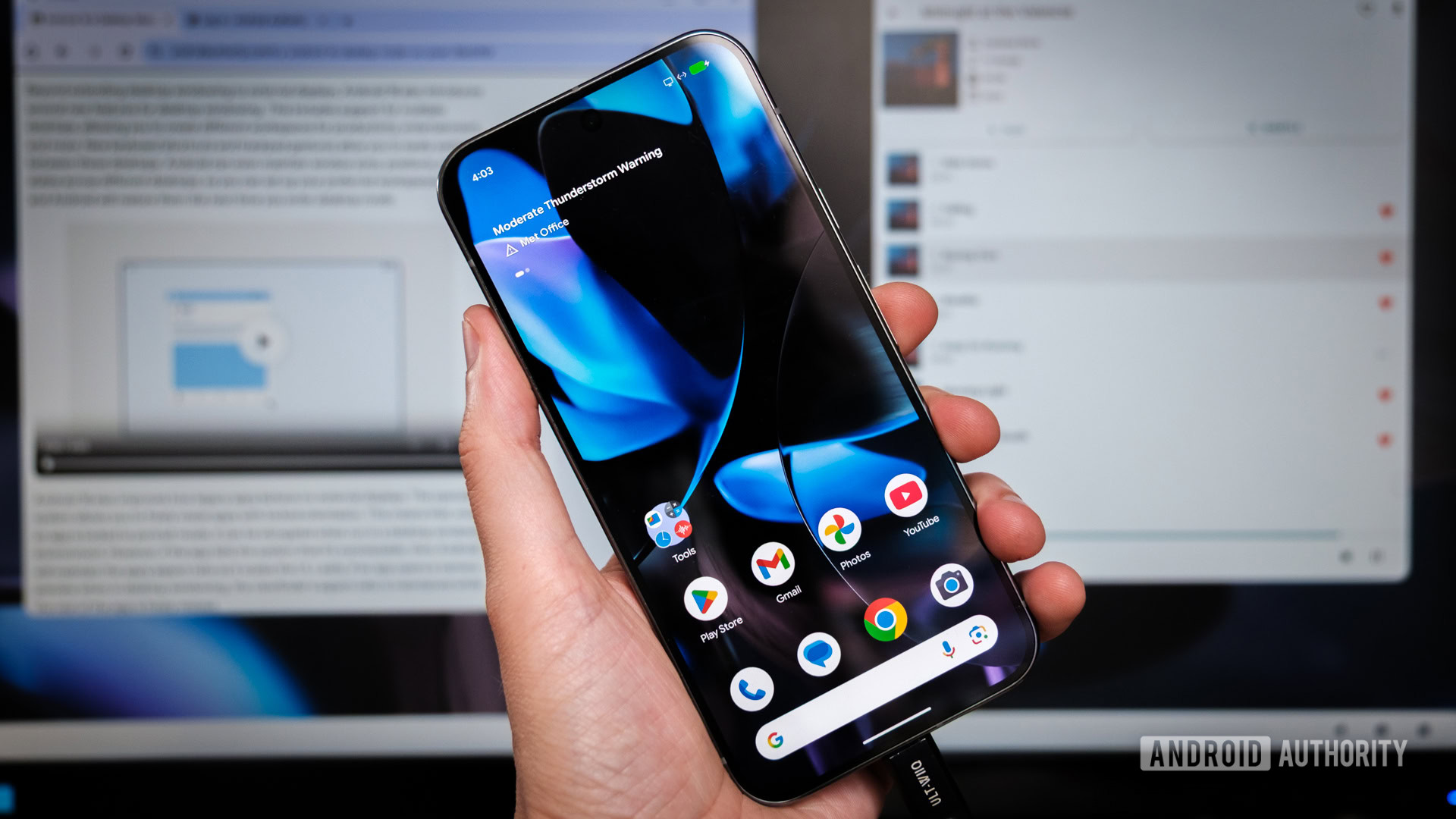





![Google Play Store not showing Android system app updates [U]](https://i0.wp.com/9to5google.com/wp-content/uploads/sites/4/2021/08/google-play-store-material-you.jpeg?resize=1200%2C628&quality=82&strip=all&ssl=1)















